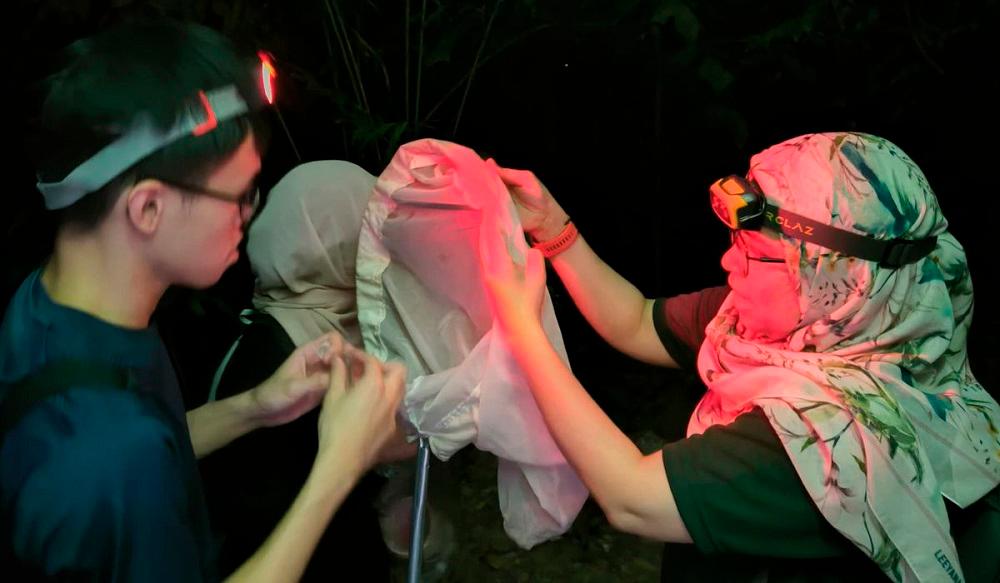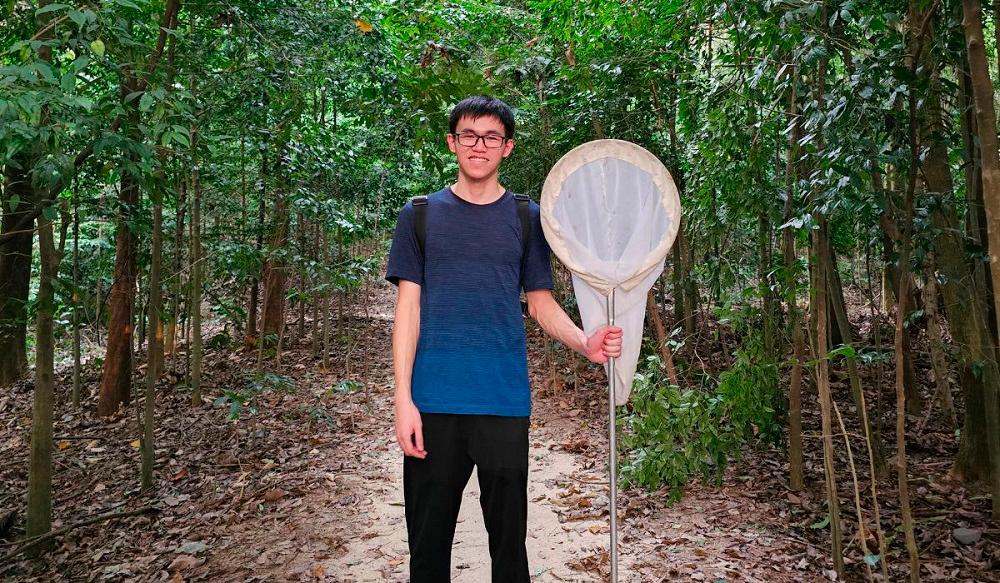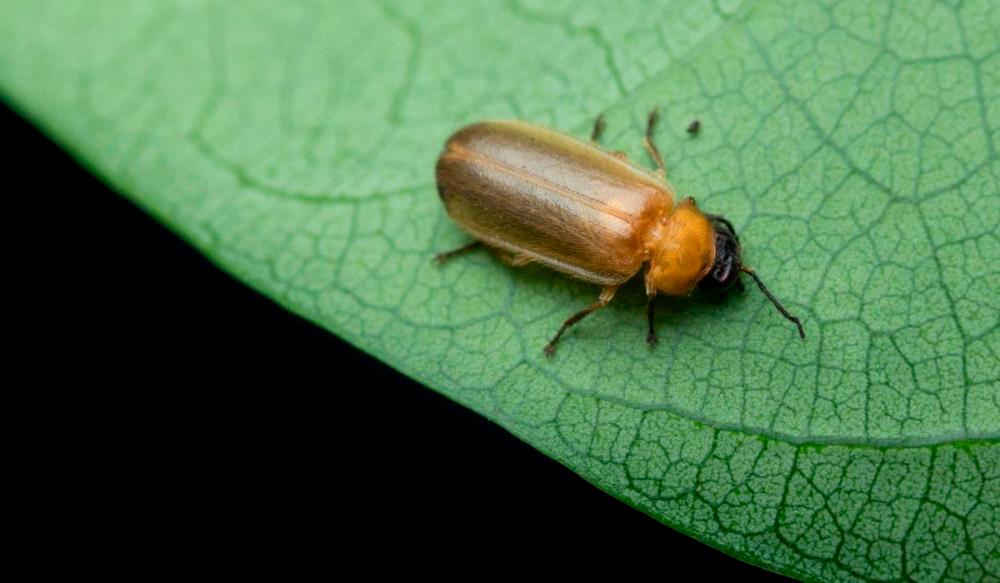EVEN in 2025, Malaysia’s forests and rivers continue to surprise us. In a year marked by environmental challenges and urban growth, discoveries are still being made that have reminded us how much of nature remains undiscovered, or in this case, rediscovered.
Earlier this year, researchers from Monash University Malaysia confirmed the reappearance of the Gombak bent-winged firefly (Pteroptyx gombakia), a species that had not been seen for more than a century. Found in Kuala Lumpur’s Bukit Kiara forest reserve, the discovery marks the first live sighting of the insect and only the third known specimen ever recorded.
The moment came unexpectedly. On Jan 9, during a routine examination of preserved firefly samples, postgraduate researcher Tan Wei Jack noticed a specimen that looked slightly different from the others. Its light organ did not match what he had studied, prompting him to look again.

That single specimen turned out to be one of the most significant entomological finds in recent years. Under the guidance of Dr Wan Faridah Akmal Jusoh, a lecturer in biodiversity and conservation, the team confirmed that the insect was indeed Pteroptyx gombakia, first described in 1921 from the Gombak Valley and thought to have vanished decades ago.
Forest full of light
Bukit Kiara, a stretch of secondary forest in the middle of Kuala Lumpur, might seem an unlikely place for scientific discovery. Yet its role as an urban biodiversity refuge is becoming increasingly clear. The rediscovery of Pteroptyx gombakia adds to the list of native species thriving within the park, which is now home to nine species of fireflies, including Malaysia’s largest, Lamprigera.
What makes this rediscovery remarkable is its setting. Members of the Pteroptyx genus are usually found in mangrove ecosystems, where they gather in large numbers to produce synchronised light displays along coastal rivers. The Gombak bent-winged firefly, however, was found in an inland forest far from any tidal waters.

Passion and perseverance
For Tan, 24, the rediscovery represents the culmination of years spent in the field. What began as a casual interest in wildlife documentaries evolved into serious research.
“Firefly expeditions are not for the faint-hearted. It is long nights, humidity, mosquitoes and total darkness, but the thrill of discovery makes it worthwhile,” he told theSun.
His work is meticulous. Researchers venture into the forest at dusk, following faint flashes that might belong to different species. Each specimen is captured, observed and released. The rediscovery of Pteroptyx gombakia was the reward for patience, persistence and close attention to detail.
Race against time
Even as new species are found, others may already be disappearing. Fireflies are highly sensitive to environmental changes. Urban expansion, habitat loss and artificial lighting have drastically reduced their numbers. Without natural darkness, they lose their ability to communicate and reproduce because their light signals are drowned by city glare.
Malaysia currently has more than 60 known species of fireflies, and scientists believe there are many more waiting to be documented. Yet research on the country’s insect biodiversity remains limited. Many specimens collected during the colonial period are still kept in foreign museums, leaving local researchers to rebuild records and databases from scratch.
Guardians of Bukit Kiara
Community groups such as Friends of Bukit Kiara have played an important role in preserving the park’s ecosystem. Their ongoing efforts to protect and gazette the forest ensure that scientific discoveries like this one can continue.
“Bukit Kiara proves that biodiversity can survive even in an urban environment, if we care enough to protect it,” said Tan.
Start of something bigger
The rediscovery of the Gombak bent-winged firefly is more than a story about one insect. It marks the opening chapter in Malaysia’s ongoing narrative of biodiversity and conservation.
Each new find, whether a rare insect, amphibian or fish, offers insight into how life adapts
and persists in changing environments.
Somewhere in the quiet forest of Bukit Kiara, that same small light continues to glow, a reminder that nature’s secrets are never truly lost, only waiting to be found again.









